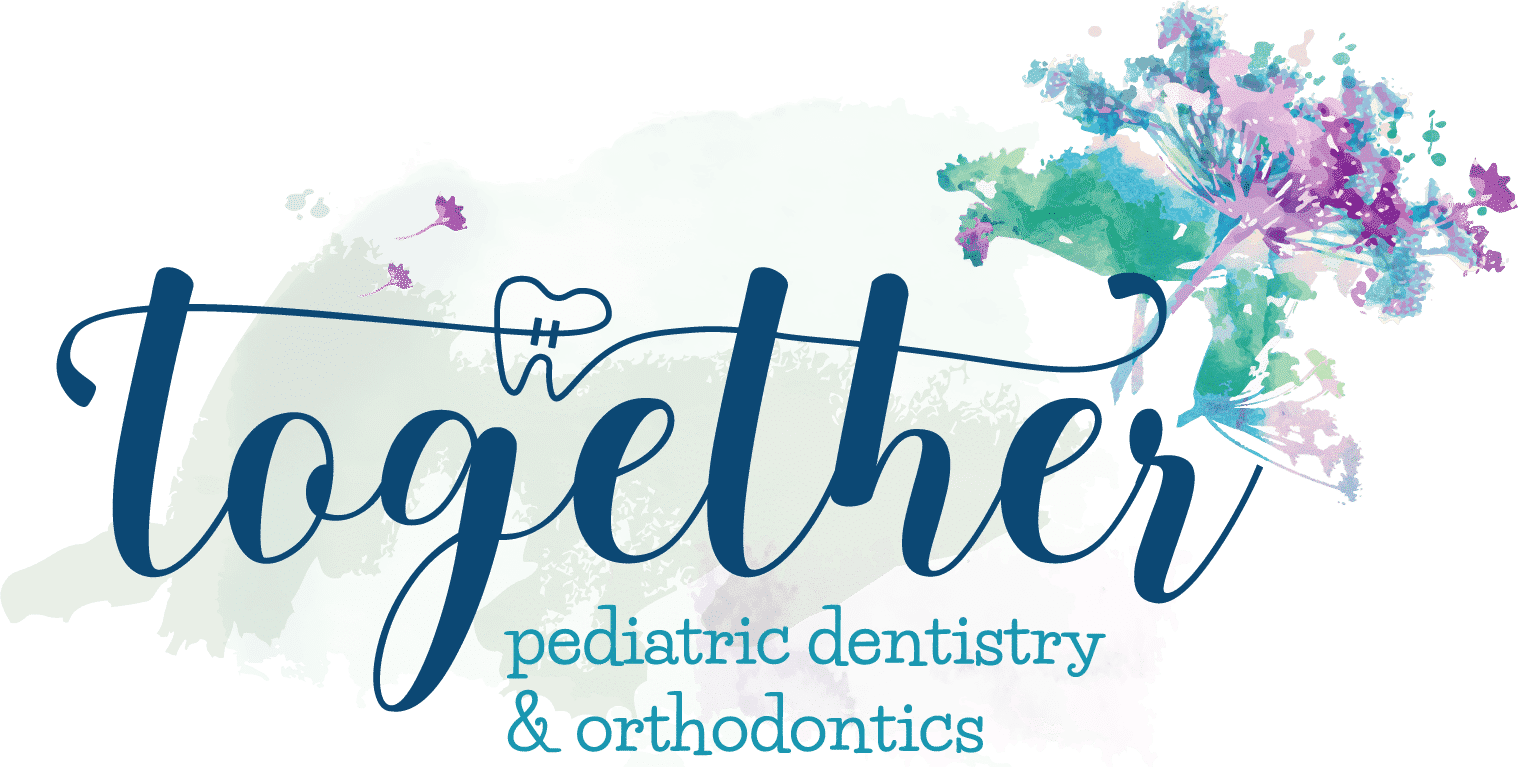Early Orthodontic Treatment for Growing Smiles
Many parents wonder when their child should first see an orthodontist. According to the American Association of Orthodontists, age 7 is the ideal time for a first orthodontic evaluation. At this stage, children have a mix of baby and permanent teeth, allowing Dr. Amin Neishaboory to detect subtle issues with jaw growth and emerging teeth, even before all the adult teeth are in.
Why Visit A Pediatric Orthodontist So Early?
Early detection can make a big difference in your child’s dental development. By assessing growth patterns and tooth alignment early on, Dr. Neishaboory can:
Guide erupting teeth into better positions
Preserve space for future permanent teeth
Reduce the risk of trauma to protruding front teeth
Address harmful habits like thumb sucking
Help prevent speech issues related to bite problems
Reduce the need for more extensive treatment later
In some cases, starting treatment early can eliminate the need for tooth extractions or reduce the likelihood of impacted teeth. Think of it as setting the foundation for a healthier, more efficient smile journey.

Will Early Treatment Eliminate the Need for Braces for Kids Later?
Early orthodontic treatment, also called Phase I, is designed to guide proper jaw development and make room for emerging adult teeth. It helps prevent more serious issues from developing and can reduce the need for extractions or complex procedures later on.
Phase I Orthodontics (Early Intervention)
Begins while a child still has a mix of baby and permanent teeth
Focuses on jaw development, spacing, and preventing issues like impaction or trauma
May involve appliances like palatal expanders or partial braces
Helps reduce harmful habits and supports the healthy eruption of adult teeth
Often followed by a monitoring or “resting” period
Phase II Orthodontics (Teen Treatment)
Begins once most or all adult teeth have come in
Typically includes full braces or clear aligners to fine-tune alignment and bite
Completes the work started in Phase I if early treatment was done
In some cases, it may be shorter or even unnecessary, thanks to early intervention
This two-phase approach allows us to correct problems at the right time, giving your child the best chance at a healthy, confident smile.
Is Early Orthodontic Treatment Right for Every Child?
Not necessarily. While some children benefit from early intervention, others may be better suited for treatment during their teenage years. Certain bite or jaw issues are best addressed once facial growth is more advanced.
If your child doesn’t need immediate treatment, we’ll place them into our Orthodontic Supervisory Program, where we monitor growth and tooth development until the right time for treatment.
What Is the Orthodontic Supervisory Program?
Our Orthodontic Supervisory Program is designed for children who aren’t ready for treatment just yet. We’ll:
Track the eruption of permanent teeth
Recommend timely baby tooth removal if needed
Monitor growth patterns every 6–8 months
Notify your family dentist of any changes or suggestions
This program is completely free and ensures that we begin treatment at the ideal time for the best possible results.
Why Orthodontics Matters
Orthodontic care does more than straighten teeth. It also:
Improves how teeth function and bite together
Helps with better brushing and flossing
Reduces wear and tear on teeth
Promotes long-term dental health and function
Don’t Skip the Dentist During Braces!
Regular dental checkups are just as important during orthodontic care. Dr. Roshi Rastegar, as a family dentist, recommends every six months for cleanings and exams. Maintaining healthy teeth and gums ensures orthodontic treatment is as effective as possible.

